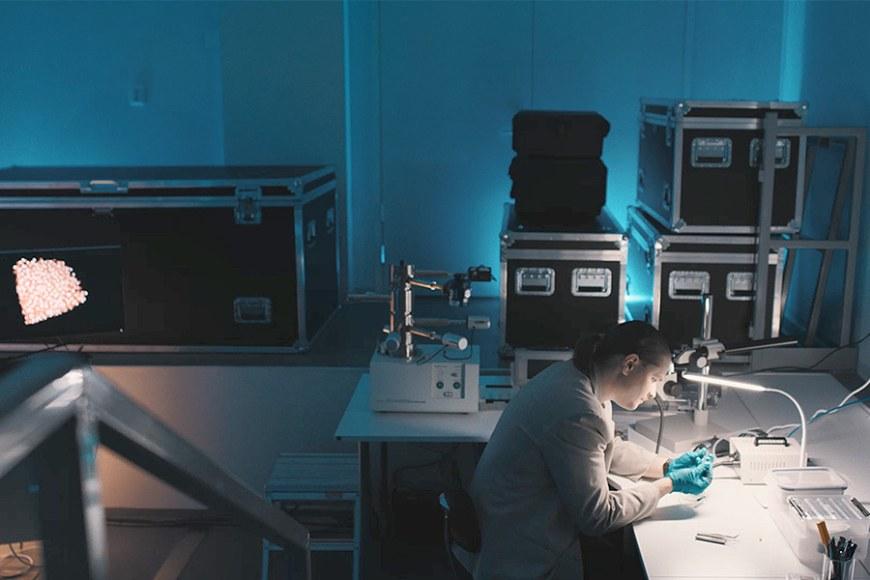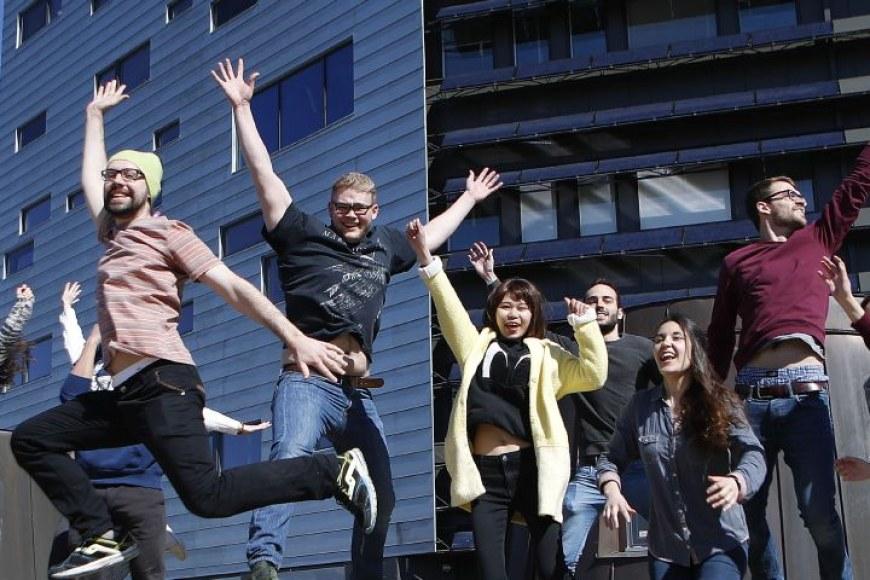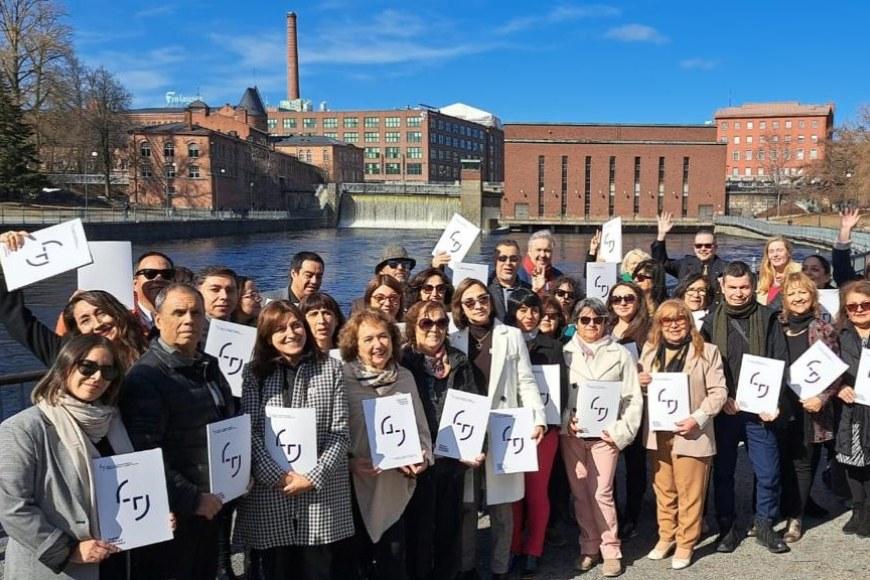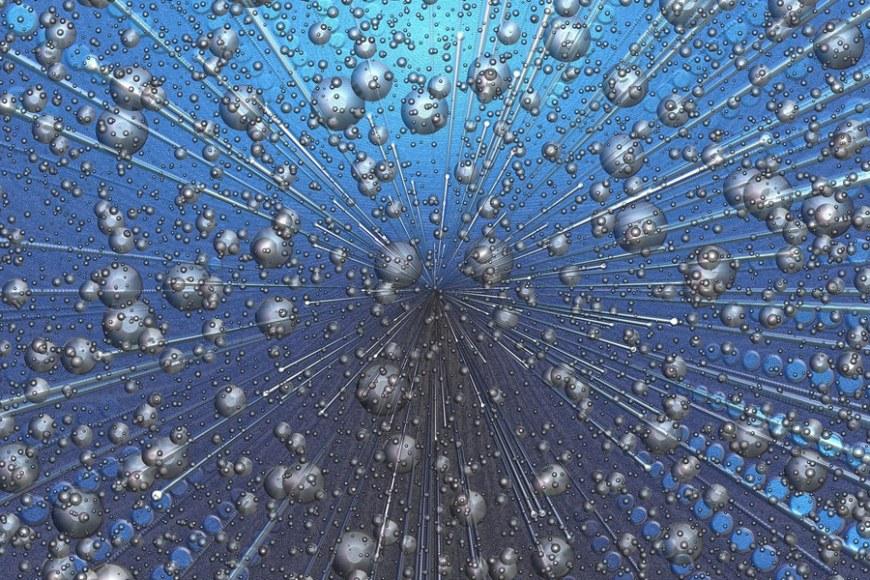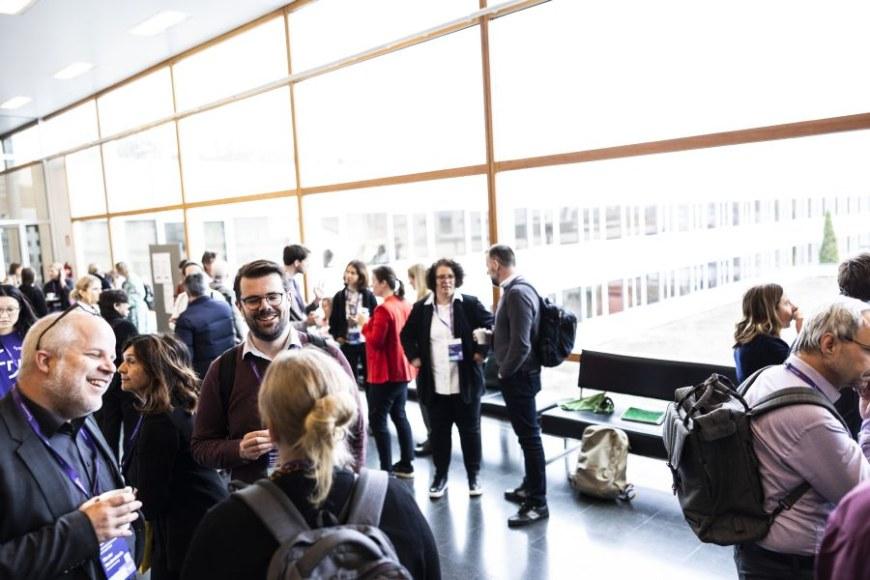Environmentally sound solid lithium battery emerges as collaboration between scientists and industry
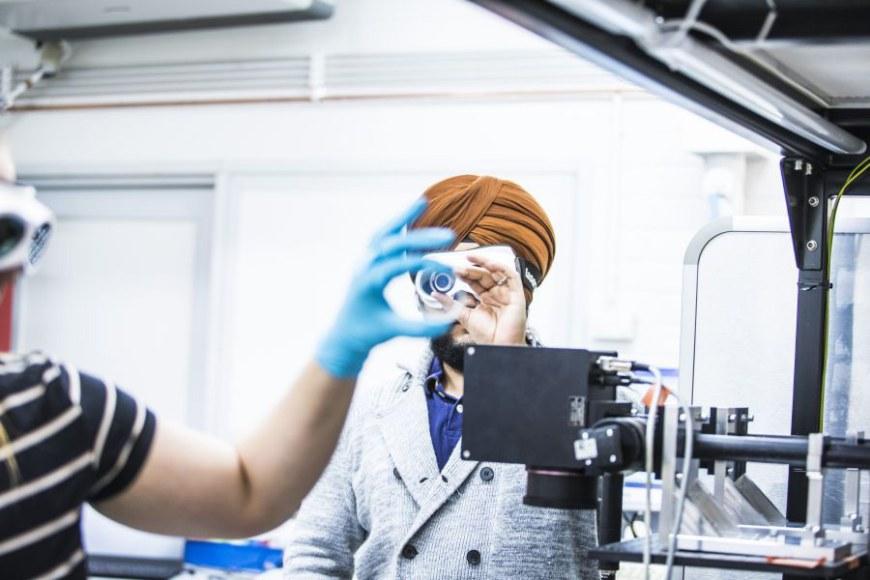
Energy storage technology is one of the key technologies for the future. The demand for lithium-ion batteries – which are used in electric vehicles, industry and consumer electronics – is growing at a rate of 25% each year.
Researchers at Tampere University are studying and developing new materials for fourth and fifth generation solid-state lithium-ion batteries in the collaborative NextGenBat project, which is coordinated by Aalto University, Finland, and involves multiple research institutions and companies as partners. The project participants especially focus on the study of pulsed laser deposition (PLD) and atomic layer deposition (ALD). Finland has world-class expertise in developing these techniques that are used in growing thin films on a substrate.
Tampere University's Ceramic Materials research group brings to the project extensive expertise in ceramics processing and PLD.
Professor Erkki Levänen who leads the Ceramic Materials group estimates that solid-state lithium-ion batteries hold promise to reduce the consumption of raw materials by 30% or even up to 50% compared to conventional lithium-ion batteries.
“The greatest potential of solid-state lithium-ion batteries lies in their energy density. We are working to make the layers of lithium as thin as possible to pack a large amount of energy into a small space. Our new solid-state batteries will not only be lighter than conventional lithium-ion batteries that use a liquid electrolyte solution but also use fewer raw materials. They also have a lower risk of catching fire,” Levänen says.
A recent breakthrough achieved by researchers at Tampere University in the study of plasticity, the ability of a material to change shape, opens up new possibilities for developing battery materials.
“One of our researchers, Erkka Frankberg, has developed amorphous thin films that are capable of plastic deformation. Being flexible, these materials could be utilised in solid-state batteries to improve reliability,” Levänen envisions.
Once the issues relating to the ageing of solid-state batteries are resolved and the production process is further refined, concrete applications will become commercially available.
“I expect the technology to be ready for market entry in a few years’ time,” Levänen estimates.
The NextGenBat project is a collaborative effort between Aalto University, Tampere University, the VTT Technical Research Centre of Finland, Pulsedeon Ltd, Beneq Ltd and Tervakoski Ltd. Tampere University carries out collaborative research in its areas of expertise with the Italian Institute of Technology and the University of Virginia, USA. The project has received €1.2 million in funding from Business Finland for the years 2021-24 and is included in the funding agency’s Smart Mobility and Batteries from Finland programme.
Contact
Erkki Levänen
tel. +358 40 849 0191
erkki.levanen [at] tuni.fi
